目录
- 一、时间对象time
- 1.测量运行时间方法
- ①process_time()
- ②perf_counter()
- ③monotonic()
- 2.函数性能计算器
- 二、日期对象datetime
- 1.格式化日期字符串时常用的占位符
- 2.日期对象
- 3.日期转字符串
- 4.字符串转日期
- 总结
一、时间对象time
time模块使用的是C语言函数库中的函数。只能处理1970/1/1到2038/12/31之间的数据。

1.测量运行时间方法
①process_time()
主要作用就是返回当前进程处理器运行时间
②perf_counter()
返回性能计算器
③monotonic()
返回单项时钟
2.函数性能计算器
使用函数装饰器结合time对象,测试排序算法的性能。
from random import *
import time
# -----------------------装饰器函数用于计时-----------------------#
def timer(func):
def weapper(*s):
start=time.perf_counter()
func(*s)
end=time.perf_counter()
print("用时:\t\t",end-start)
return weapper
# -----------------------生成随机列表-----------------------#
def randomlist():
return [randint(0,100) for x in rangwww.cppcns.come(10)]
# -----------------------冒泡排序-----------------------#
@timer
def sortA():
lis=randomlist()
print("随机生成的序列:",lis)
i=0
while i<len(lis):
j=i+1
while j<len(lis)-i:
if lis[j]<lis[i]:
lis[i],lis[j]=lis[j]编程客栈,lis[i]
j+=1
i+=1
print("排序后的序列:\t",lis)
# -----------------------选择排序-----------------------#
@timer
def sortB():
lis=randomlist()
print("随机生成的序列:",lis)
i=0
while i<len(lis):
j=0
while j<len(lis)-1:
if lis[j]>lis[j+1]:
lis[j+1],lis[j]=lis[j],lis[j+1]
j+=1
i+=1
print("排序后的序列:\t",lis)
# -----------------------插入排序-----------------------#
'''
将未排序数列插入左侧已排好队的序列。
分析需要一个游标记录应该排序的位置,一个临时变量进行应该排序数据的临时保存
'''
@timer
def sortC():
lis=randomlist()
print("随机生成的序列:",lis)
for i in range(1,len(lis)):
temp = lis[i]
j=i
while lis[j-1]>temp:
lis[j]=lis[j-1]
j=j-1
if j==0:
break
lis[j]=temp
print("排序后的序列:\t",lis)
# -----------------------主函数-----------------------#
def main():
print("-----------------冒泡排序---------------------")
sortA()
print("-----------------选择排序---------------------")
sortB()
print("-----------------插入排序---------------------")
sortC()
if __name__=="__main__":
main()
二、日期对象datetime
日期对象在处理字符串与日期对象的时候特别常用。所以呢咱们重点学习一下 python中的字符串转日期、日期转字符串的方法。
1.格式化日期字符串时常用的占位符
- %Y Year with century as a decimal number.
- %m Month as a decimal number [01,12].
- %d Day of the month as a decimal number [01,31].
- %H Hour (24-hour clock) as a decimal number [00,23].
- %M Minute as a decimal number [00,59].
- %S Second as a decimal number [00,61].
- %z Time zone offset from UTC.
- %a Locale's abbreviated weekday name.
- %A Locale's full weekday name.
- %b Locale's abbreviated month name.
- %B Locale's full month name.
- %c Locale's appropriate date and time representation.
- %I Houhttp://www.cppcns.comr (12-hour clock) as a decimal number [01,12].
- %p Locale's equivalent of either AM or PM.
2.日期对象
datetime.date.today() #输出年月日
datetime.datetime.now()lPzFDnzOkt #输出年月日时分秒毫秒
可以通过datetime.date.today() 获取到时间对象使用相应的实例方法可以获取到年月日
可以通过datetime.datetime.now()获取到时间对象用相应的实例方法可以获取到年月日时分秒
属性是year(年),month(月)day(日),hour(时),minute(分),second(秒)
st=datetime.datetime.now()
st.year #获取年份
3.日期转字符串
函数strftime()参数为format对象,占位符使用的就是1中提到的那几个。 将日期按照指定格式进行格式化,并返回出来。
代码如下:
import datetime
datetime.datetime.now().strftime("%Y-%m-%d %H:%M:%S")
4.字符串转日期
通过的是strptime()参数是一个字符串,还有字符串的格式化(哪里是年哪里是月) eg:
import datetime
str = datetime.swww.cppcns.comtrptime(“20200202”,"%Y%m%d")
这里str就是2020年02月02日的日期对象
切记时间对象可以直接比较大小(时间的前后)
总结
主要讲述了Python中日期与时间常用到的一些函数,以及日期格式化为字符串、字符串转换为日期对象。虽然篇幅短小但是非常精悍。对于时间日期对象重点掌握时间差怎么求,怎么处理字符串与日期之间的关系就足够了。其余功能在我们使用的时候再去官方文档上查找。

到此这篇关于Python 一篇文章看懂时间日期对象的文章就介绍到这了,更多相关Python 时间日期对象内容请搜索我们以前的文章或继续浏览下面的相关文章希望大家以后多多支持我们!
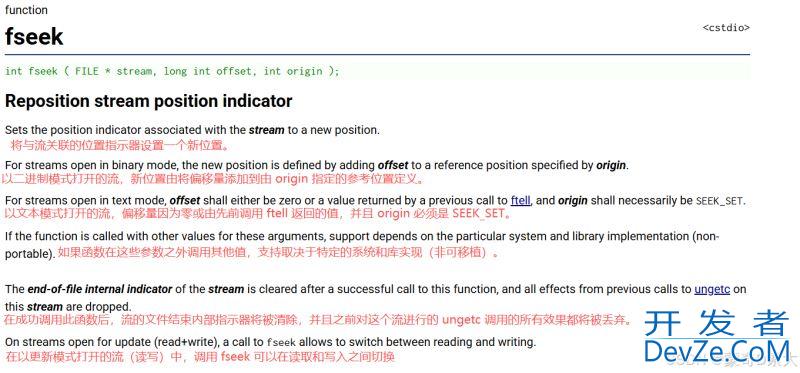

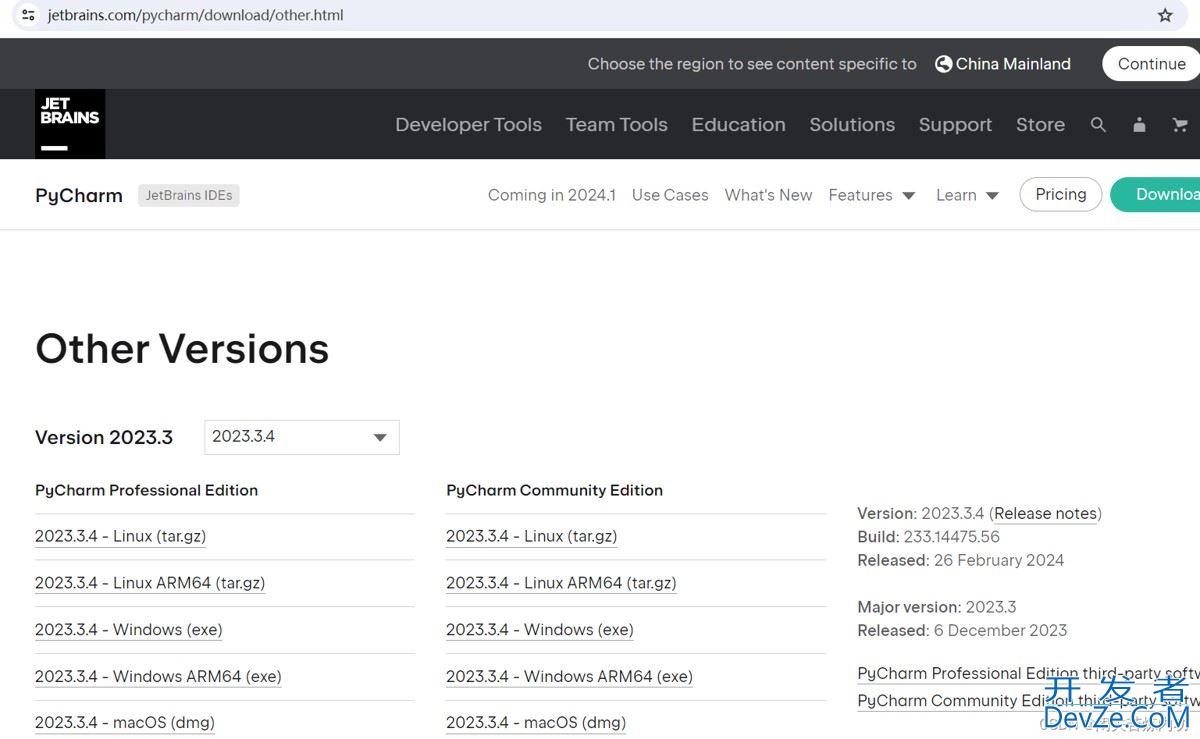
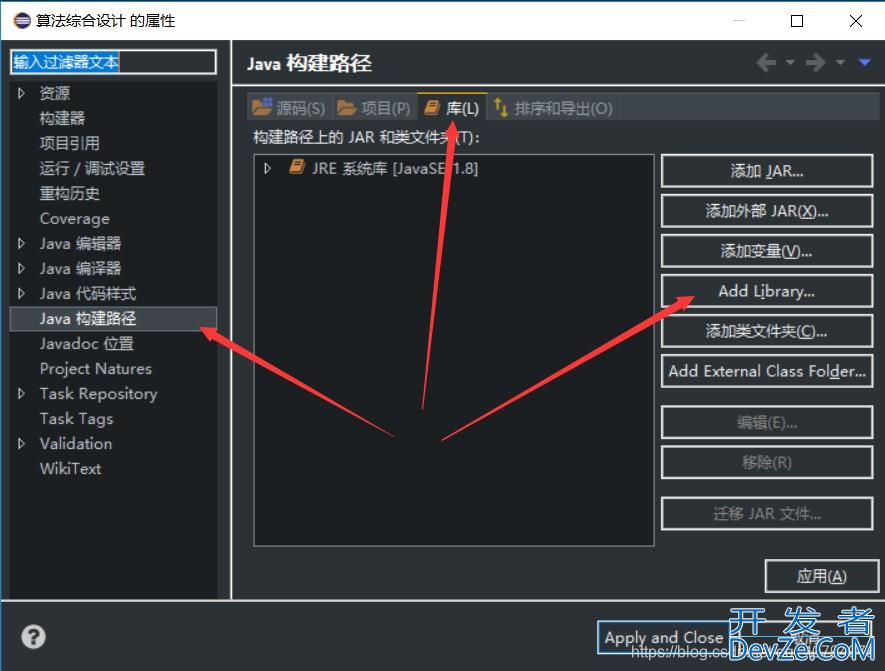
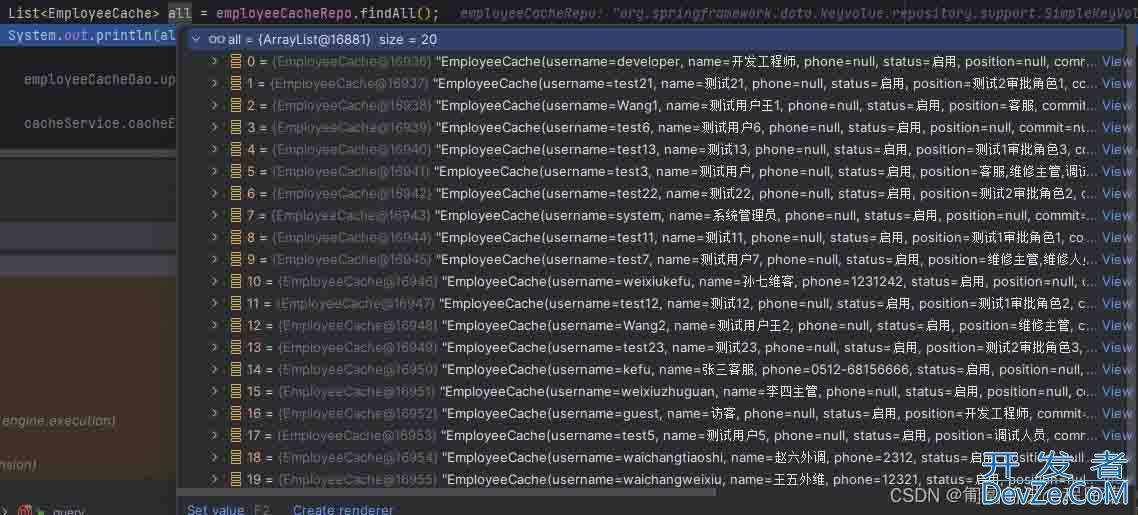
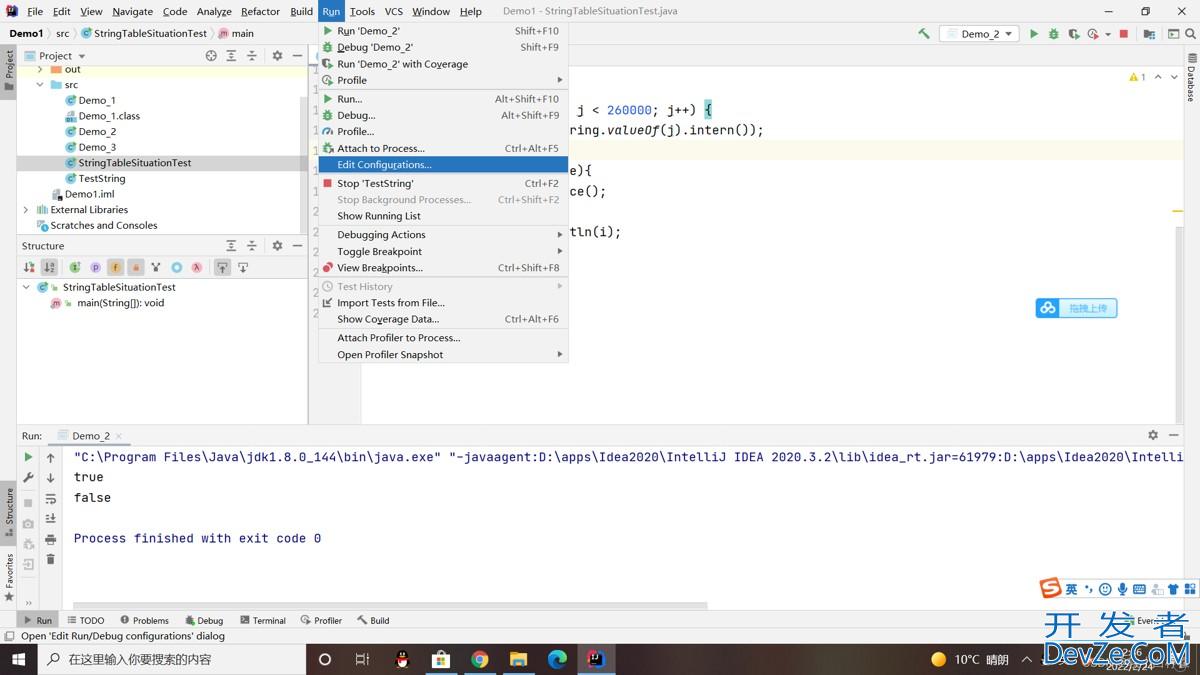
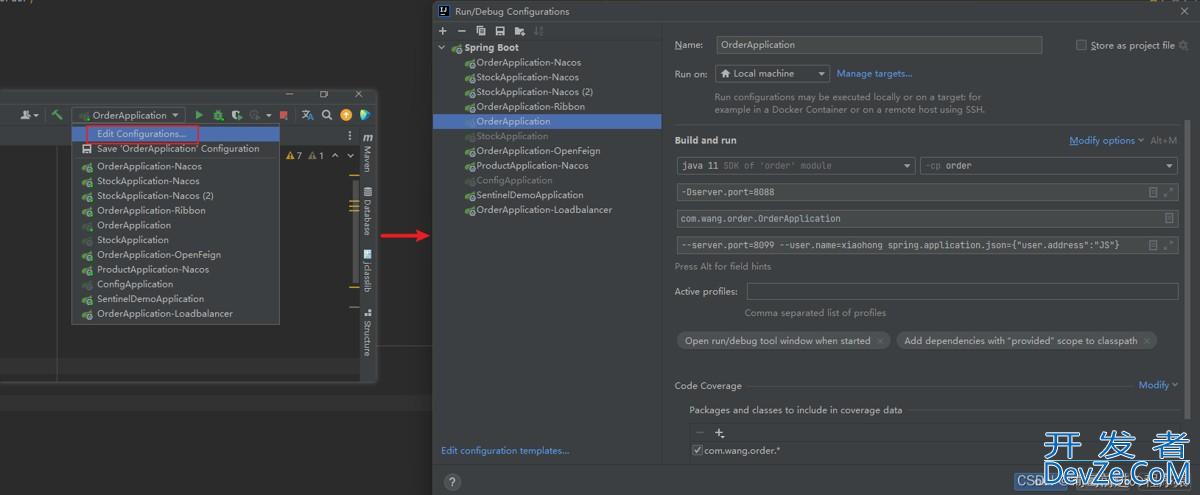

 加载中,请稍侯......
加载中,请稍侯......
精彩评论